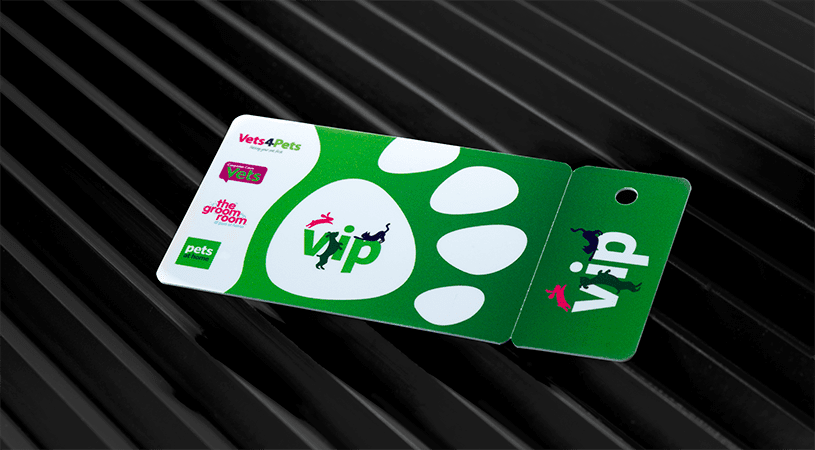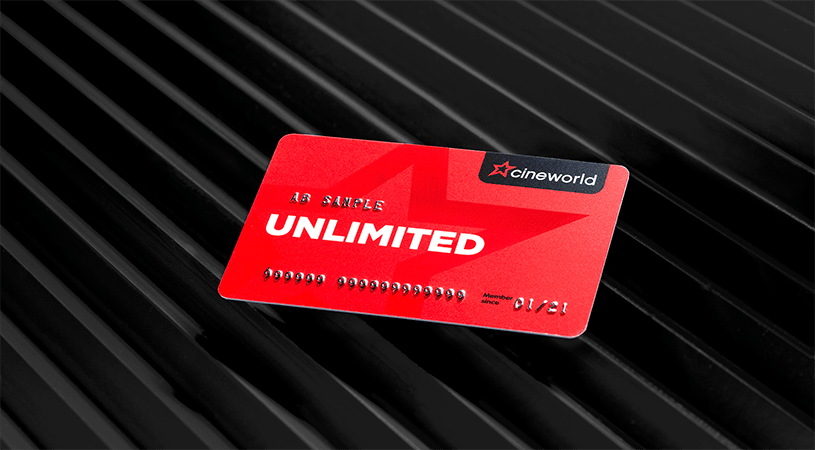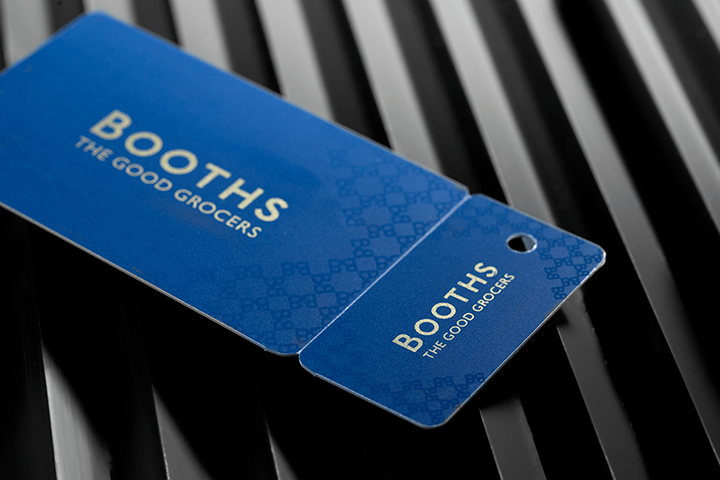If you have a business which actively uses plastic cards, then it may be in your best interest to incorporate a barcoding system as part of that. One of the most important elements of business is to ensure that you are organised, because if you fail to keep on top your operations then you could end up suffering in the long term. By introducing a barcoding system to your plastic cards however, they can help store vital information about your employees, your clients and a number of other useful data.
There is a large amount of information which can be stored on a barcode, and this can be used for almost any aspect of your business. A barcode could be placed on an employee identification card and store information such as their role within the company, their training level and even their employee number. Another use for this would be to place the barcode on a customer’s membership card, so whenever they use it all their information will be displayed such as their purchase history among other things.
How does barcoding work?
Barcoding is a very simple and inexpensive process which enables you to differentiate between different cards through a series of lines and digits. These lines may seem sporadic and random, but they actually hold an important purpose because when they are scanned by a barcode reader it can then simply display the details of the card holder. A barcode can be applied to any card that you deem fit, whether it’s a library card or a work identification card and the information which you store on it can be used for a number of useful purposes.
An example of barcoding in action would perhaps be as part of a membership card programme of a store, where your information could be stored and then updated once you make a transaction. Barcodes are widely used throughout supermarkets and other retail chains, so whenever you make a purchase a certain amount of points will be automatically added to the card depending on how much money is spent.




